ICT701: Analysis of Relational Database Systems Task 2 Report
VerifiedAdded on 2021/06/17
|9
|851
|121
Report
AI Summary
This report presents a database design for the AZWH (Australian Wildlife Hospital) project, as part of the ICT701 Relational Database Systems module. It includes an Entity-Relationship (ER) diagram, relational schema, and detailed attribute data types for various entities such as Breed, Carers, CouncilArea, OtherContacts, Patient, DNASamples, Accession, and Treatment. The report outlines the assumptions made during the design process, such as carer group specialization and patient level storage. It also discusses the normalization of the database, ensuring it adheres to the First, Second, and Third Normal Forms to eliminate data redundancy and maintain data integrity. The report references external sources to support the database design and normalization principles. The design considers various attributes and relationships between entities, creating a robust and efficient database structure. The report provides a comprehensive overview of database design principles and their practical application in a real-world scenario.
1 out of 9
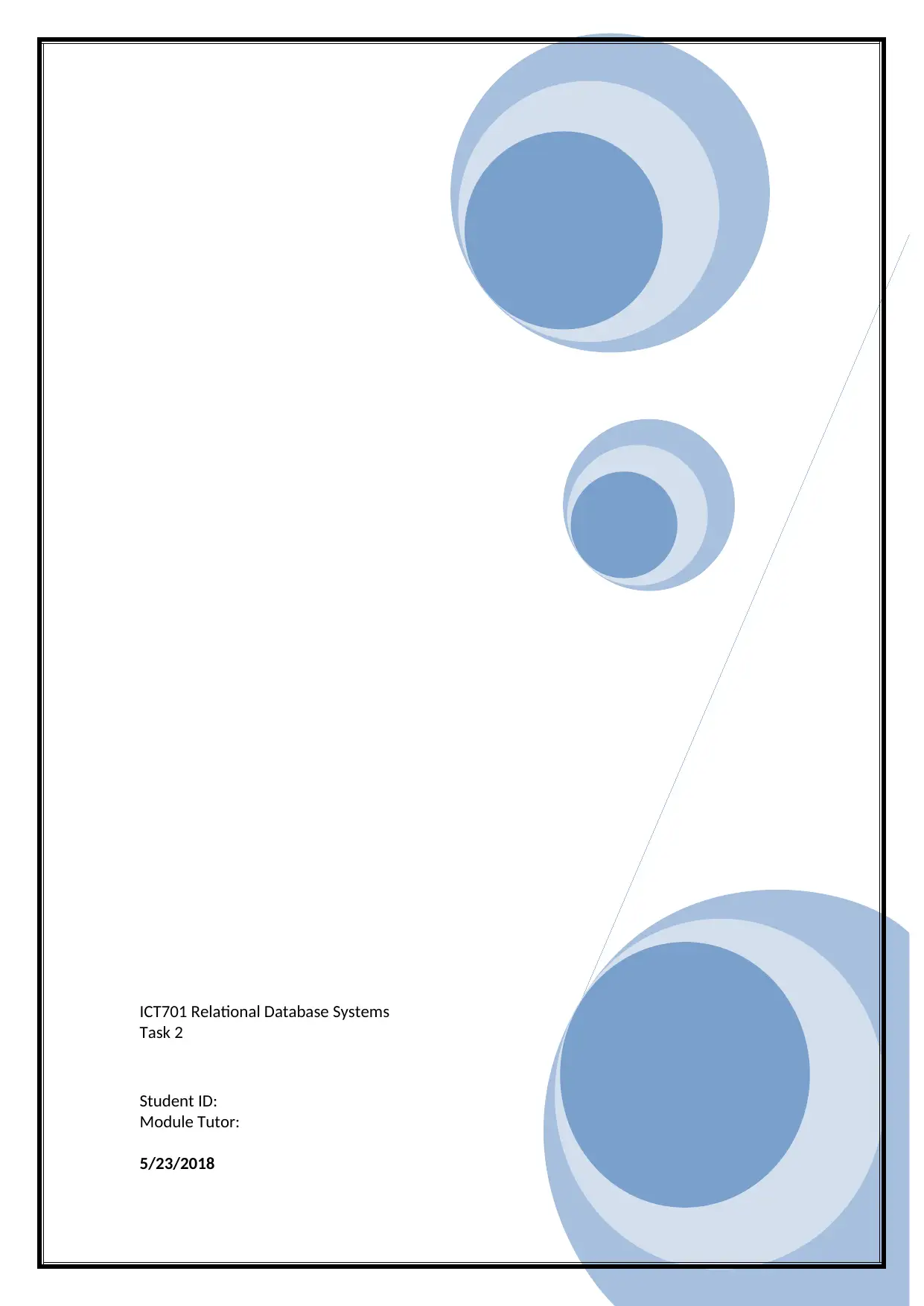
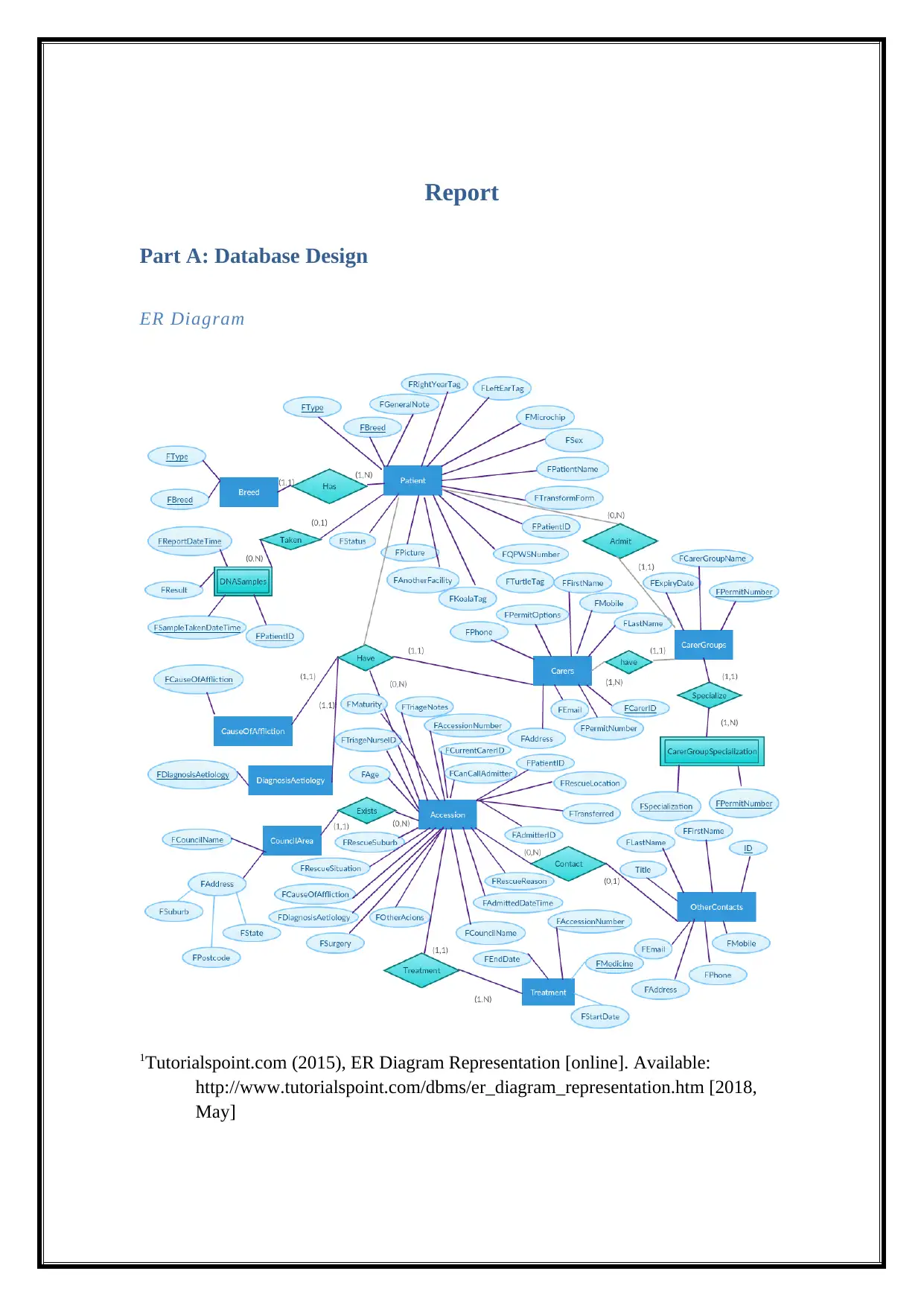
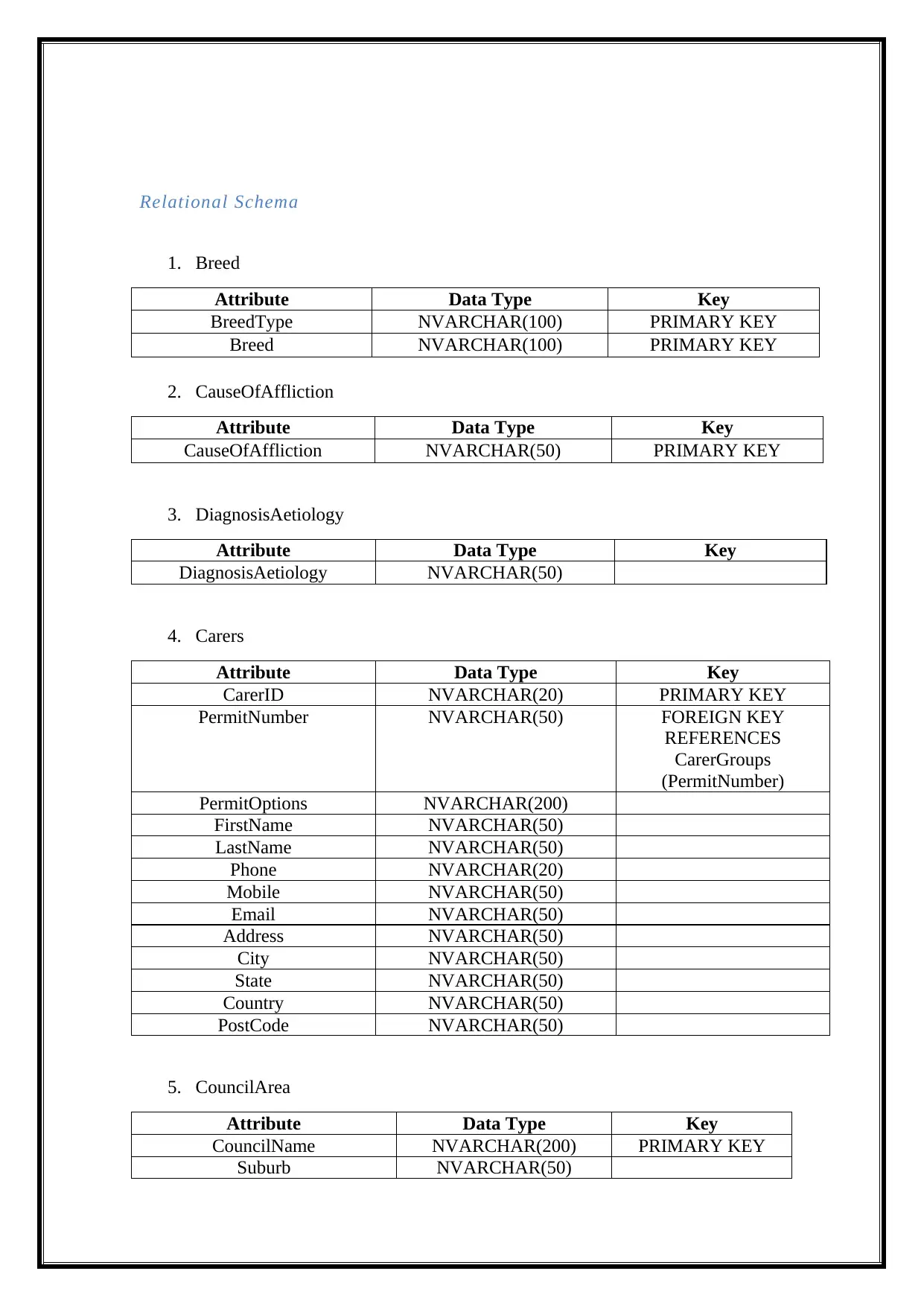

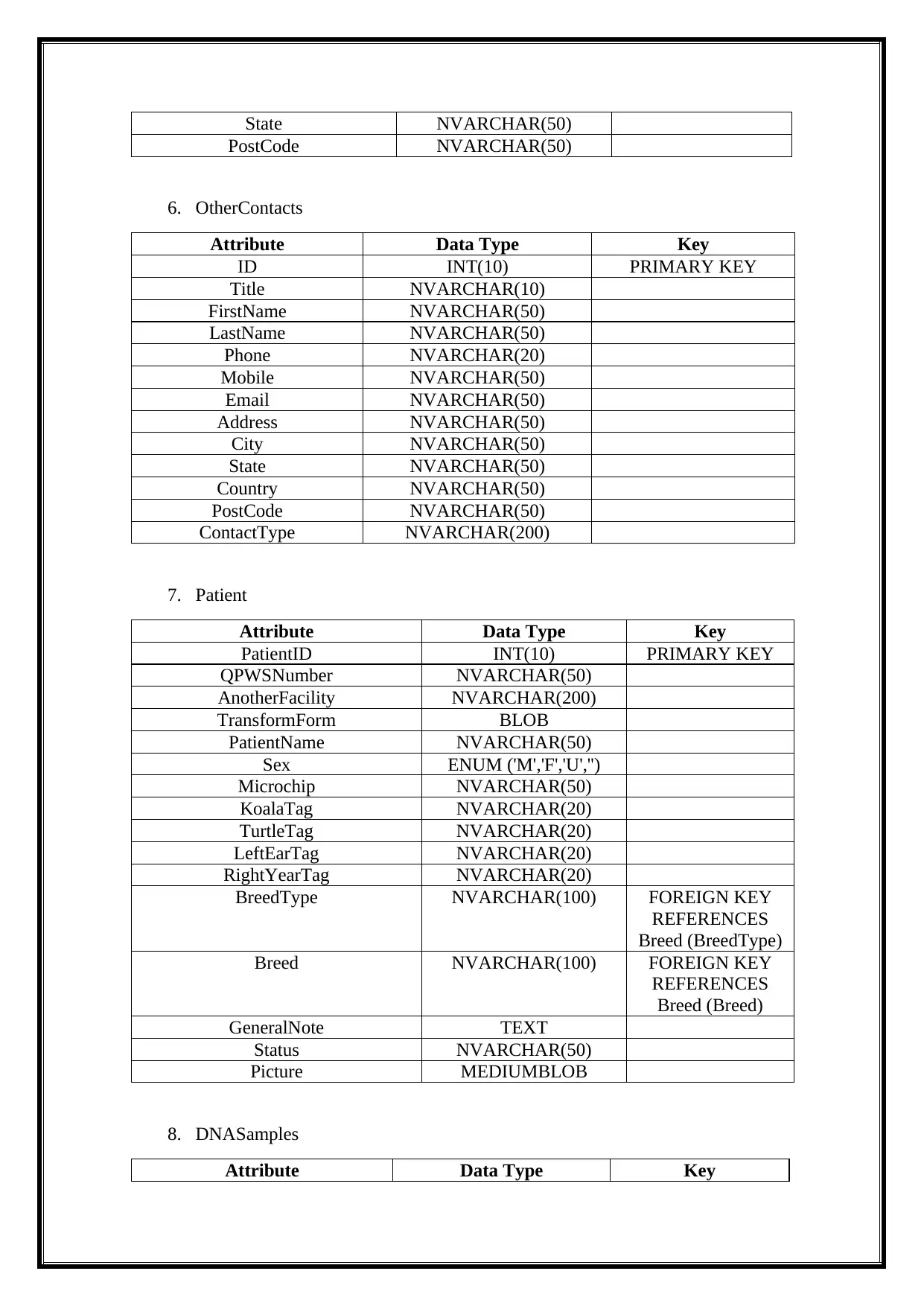
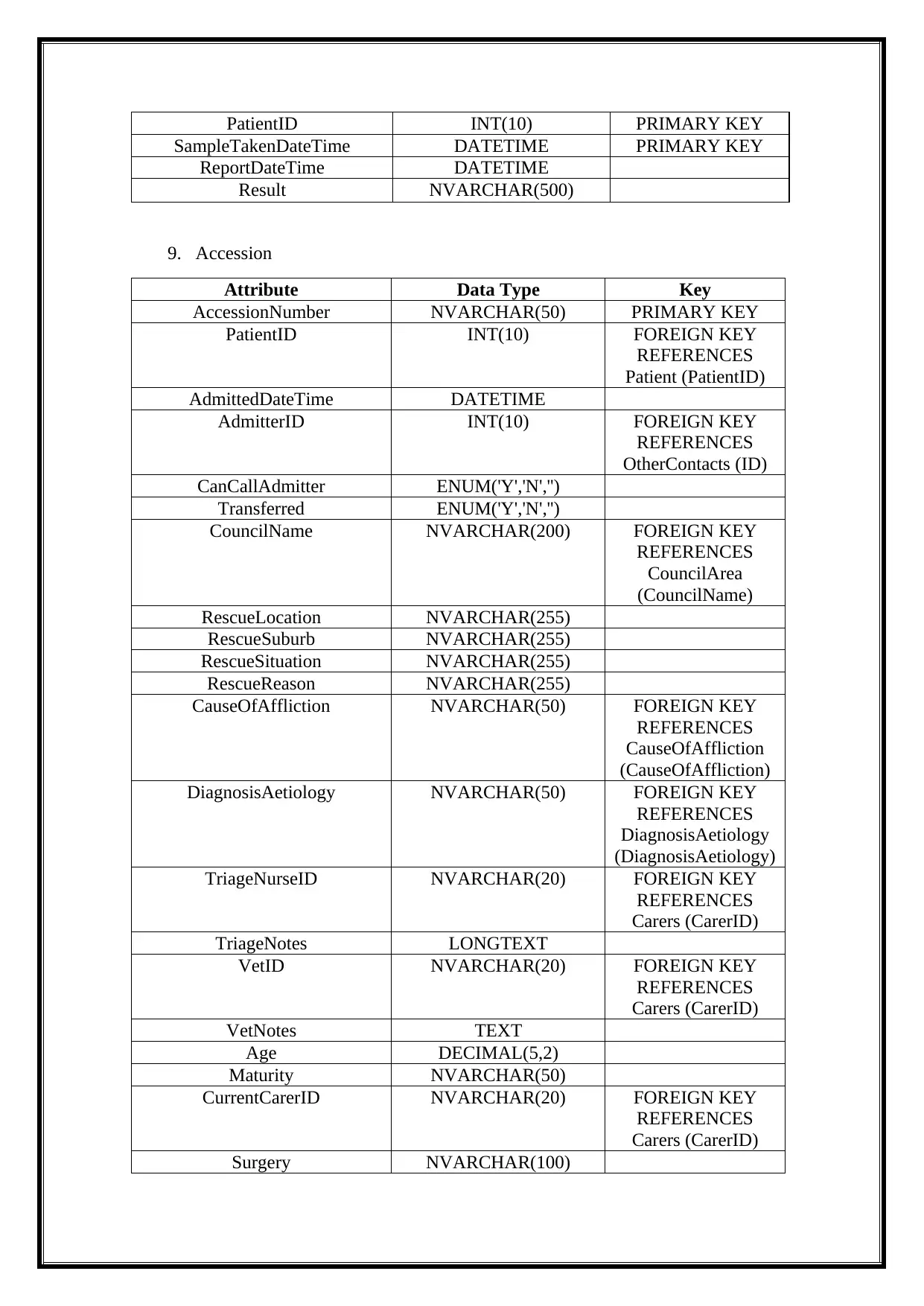
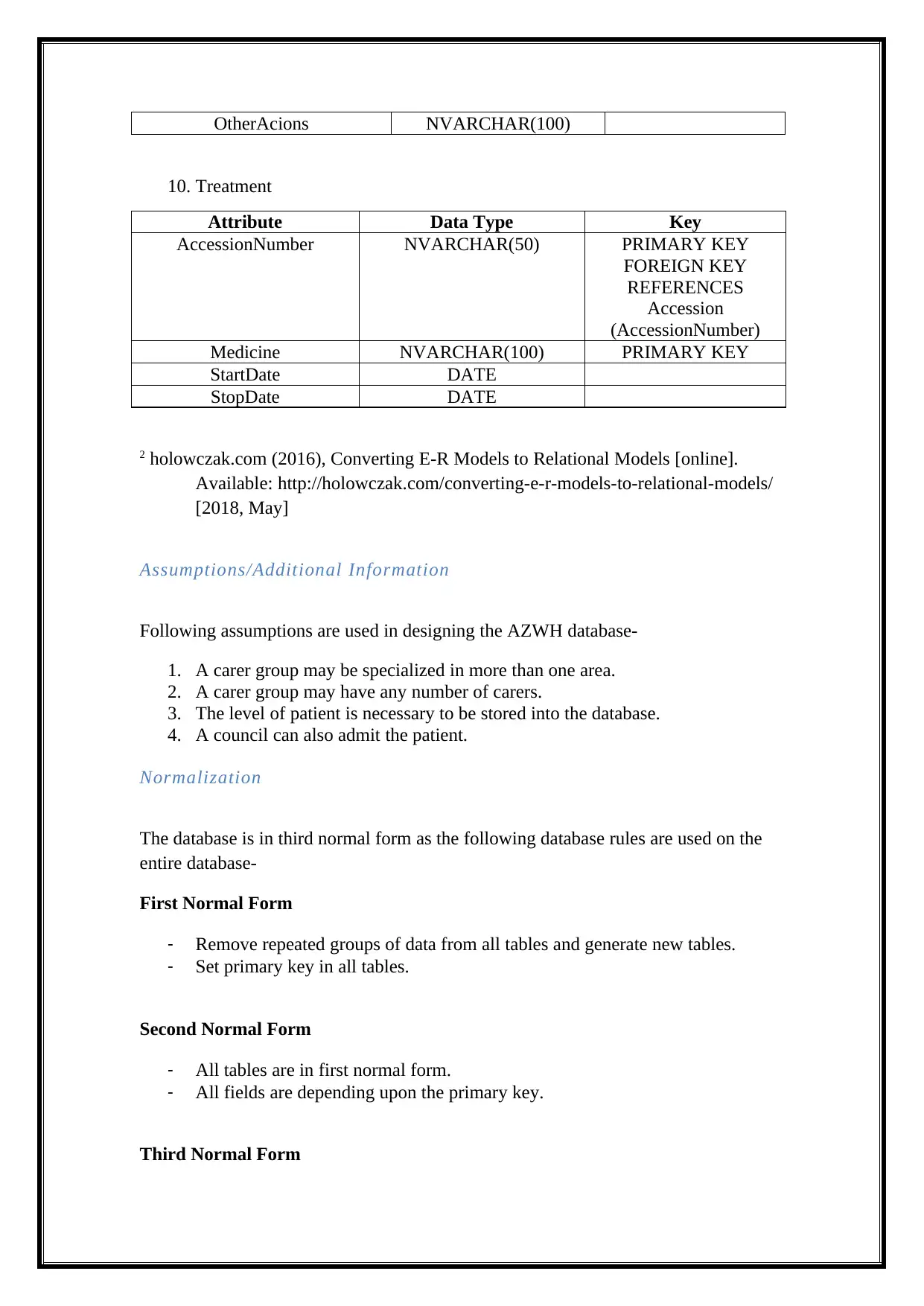
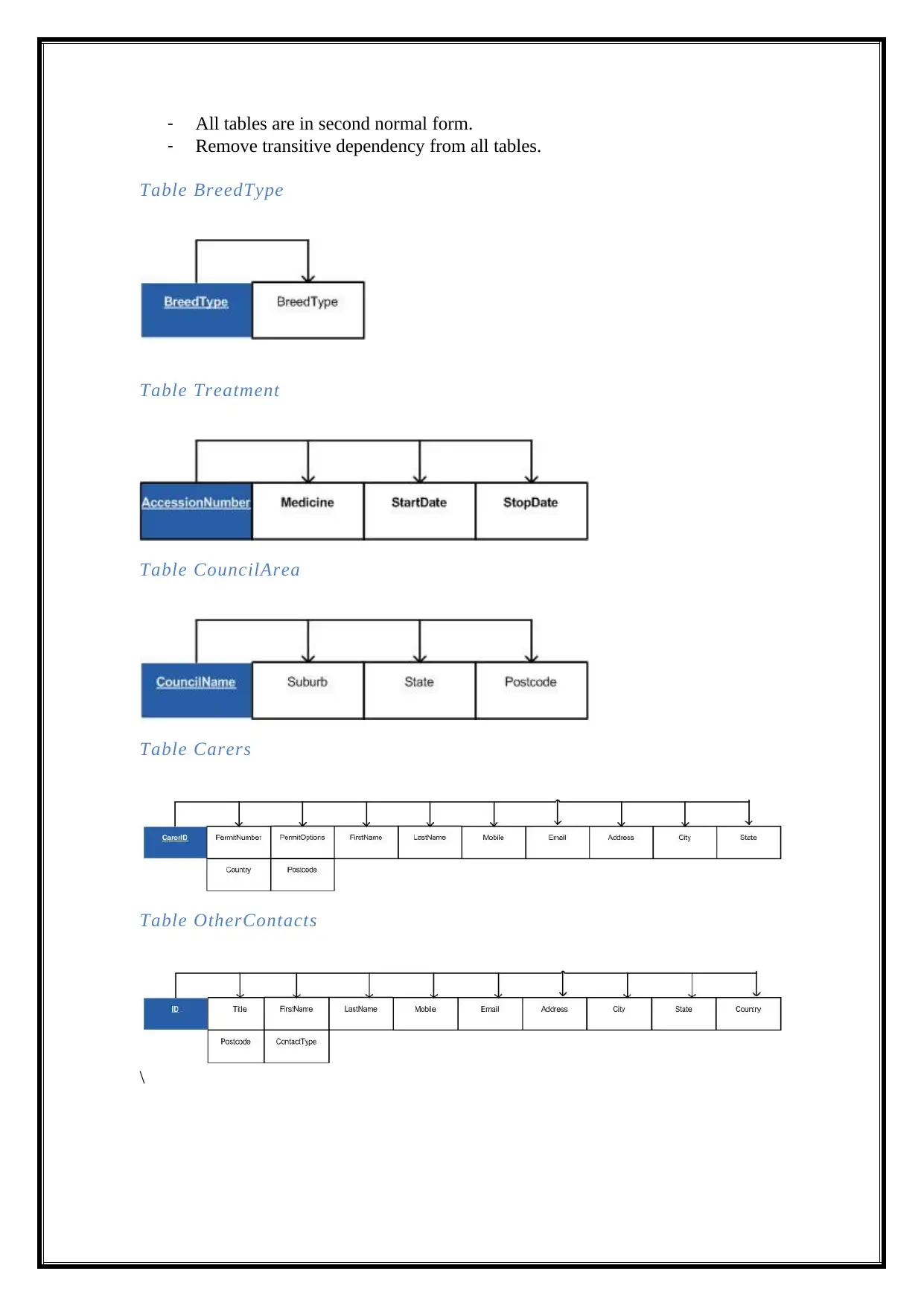
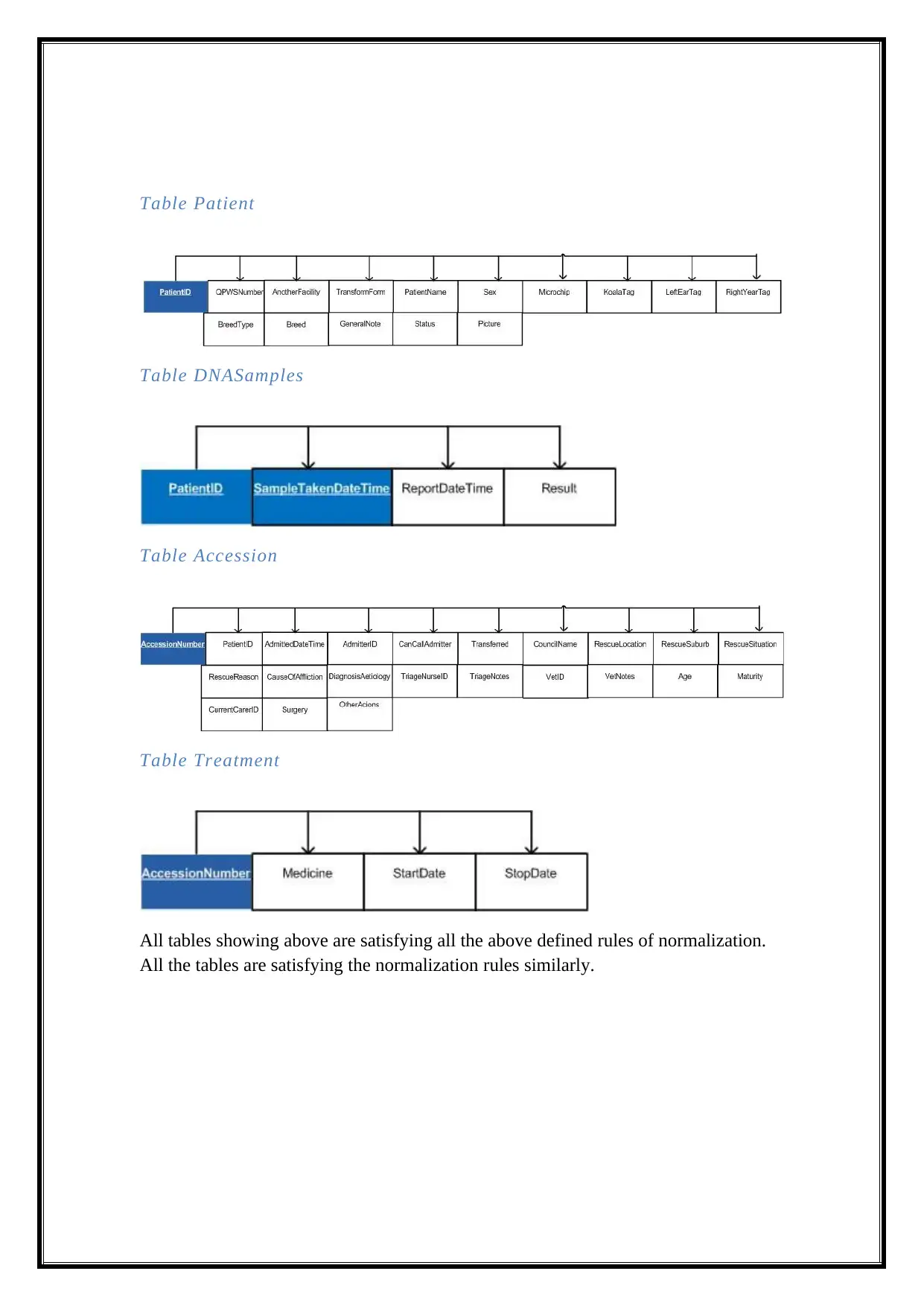
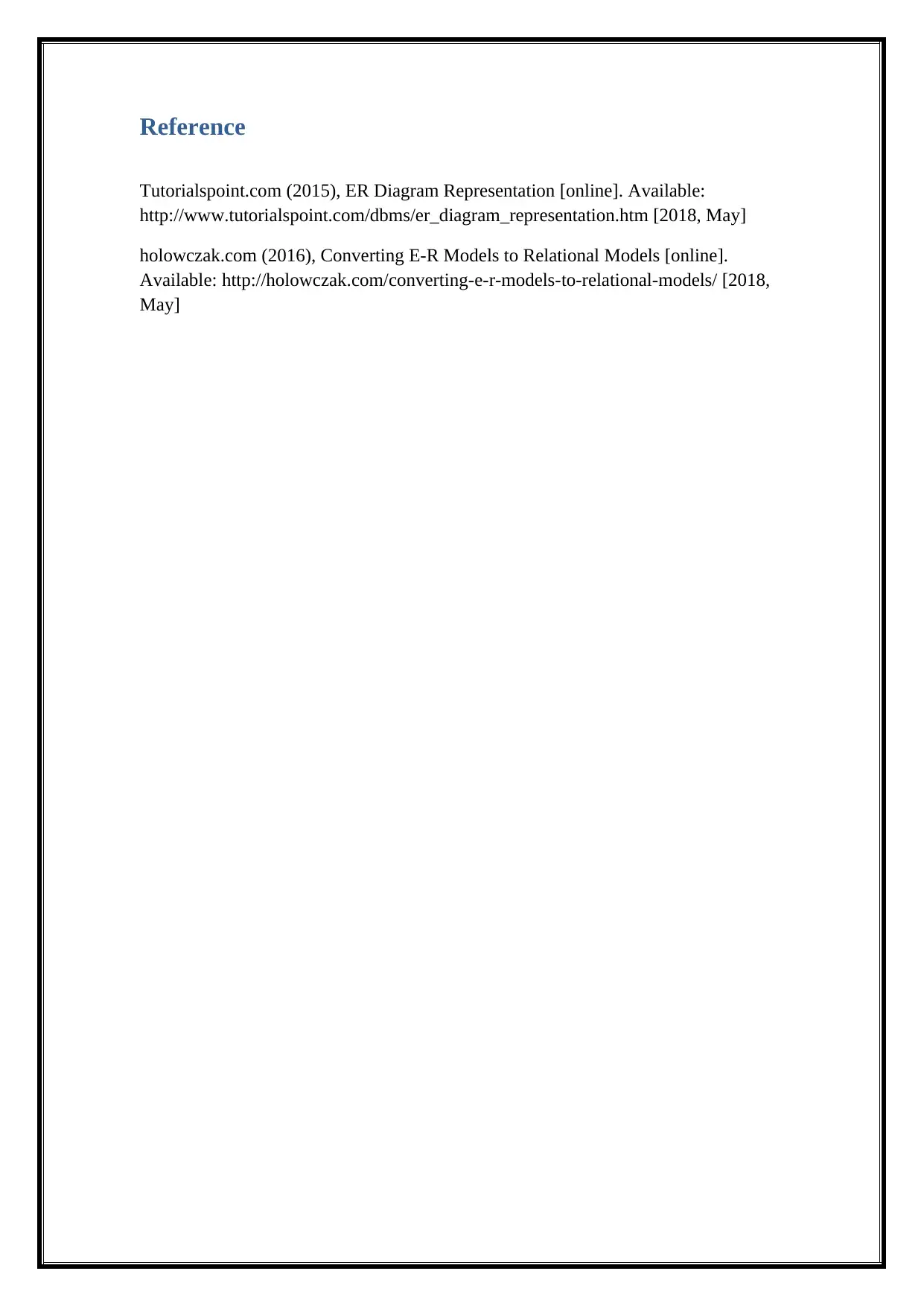






![[object Object]](/_next/static/media/star-bottom.7253800d.svg)